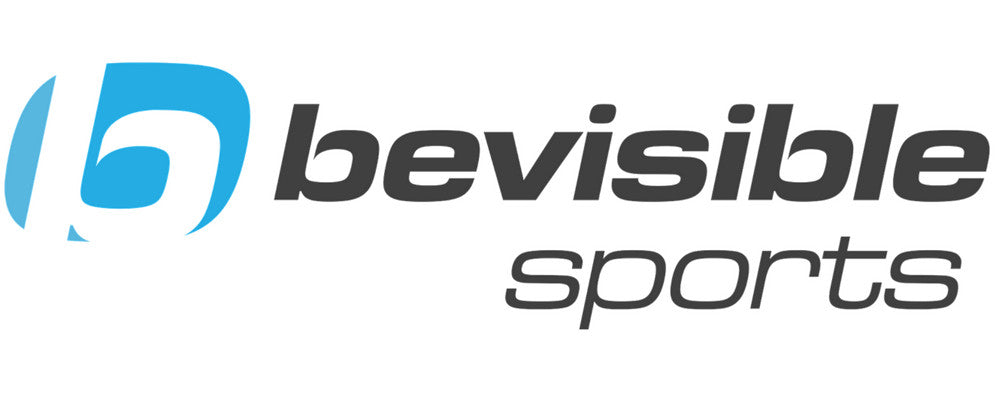
Stretching and warming up before undertaking any exercise is actually important in a number of ways. For one, it prepares you psychologically for the task ahead. But most importantly, it raises your body temperature, increases your heart-rate and, at the same time, it enhances the circulation of blood in your muscles, ligaments and tendons. That said, how can you prepare your body before engaging in any exercise?
Psychological Preparation
After you've collected all the appropriate gear for your workout routine, your next step should be to prepare yourself for the big challenge ahead. And by that I mean, take at least 5 minutes prior the exercise to think about the main reason why you're working out. You can start by visualizing your goal, and then projecting the results. Basically, this is a crucial part of any routine that has, worldwide, been implemented by some of the most successful athletes we currently have.
General warm-up
Basically, general warm-ups encompass a set of light physical exercises. And even though the duration and intensity of such exercises are often times determined by how fit the participating athlete is, an average person should at least warm up for five or ten minutes--or, let's say, until he (or she) starts experiencing a light sweat.
 Essentially, general warm-ups increase your heart and respiratory rates, which in turn increase your blood flow and the rate at which nutrients and oxygen are transported to the working muscles. As a result, the muscle temperature is usually raised to prepare the body for an effectual static stretch.
Essentially, general warm-ups increase your heart and respiratory rates, which in turn increase your blood flow and the rate at which nutrients and oxygen are transported to the working muscles. As a result, the muscle temperature is usually raised to prepare the body for an effectual static stretch.
The good part is that such warm-up exercises don't necessary need to be that complicated. For example, if you're planning to go for longer run, a 15 minutes brisk walk is enough to set your blood in motion. For any other exercise, you can perform jumping rope or jog for at least 3 to 5 minutes. In the same way, if you’re in need of an intensive warm-up exercise, you can perform jumping jacks or try imitating the exercise moves before the actual workout session. By doing this, you'll be helping your heart to pump more blood to the muscles in question, which is actually important in protecting you from muscle related-injuries.
Static stretching
Static stretching is extremely imperative for the overall flexibility of your body. That's to say it exercises all the major muscle groups in your body--most notably, your limbs, back and neck. For effective results, it's recommended that you at least perform the stretching exercise for at least 5 to 10 minutes before embarking on the real exercise.
To perform static stretching, begin by placing you body in a position whereby the muscle group to be stretched will be placed under tension. Also, you'll be required to ensure that all the opposing muscle groups (the muscles in front or behind the stretched muscle) and the muscle group awaiting the stretch are well relaxed prior the stretching. Now slowly but cautiously, move your body to increase the tension in the stretched muscle group. And while stretching, the positions should be well maintained and held to elongate both the tendons and muscles.
Pre-exercise foods
If you've not been taking in adequate amounts of calories at regular intervals or, say, the bulk of what you eat is basically not balanced, then pre-exercise foods are more than a prerequisite for an effective workout session. To be clear, pre-exercise workouts can help you reduce the risks of hypoglycemia-- or low blood sugar, which can more than likely get you fatigued before the workout routine you’re planning for elapses. However, if you're planning to eat before working out, do so 30 or 60 minutes prior the exercise.
Also, the amount of food you consume before embarking on any exercise must be somehow small and should, as well, contain significant amounts of complex carbohydrates. A classic example of such food is a half piece of a fruit (preferably an apple, pear, banana or any other sweet fruit) or a whole grain of bagel.
Your playlist
A music player may not be that important for your workouts; but let's face it, working out is often times tedious and a bit boring. Loading your Ipod or Mp3 player with heart pumping music is a sure way of getting you motivated and psyched up. However, in order to avoid being distracted by falling ear buds, choose an earphone that’s specifically designed to remain attached to your ears during the routine.
Drink adequate amounts of water
 Needless to say, hydration is crucial for an effective workout session. To begin with, water plays a very important role in ensuring that you have an optimal physical performance and a properly functioning body, to boot. Without further ado, it's advisable to keep yourself well hydrated before or during any exercise, even if you're particularly not feeling thirsty. Furthermore, drinking more water than you're required to has no health risk; for this reason, you can drink as much water as you wish, and drink it more often to get the best results out of your workout routine.
Needless to say, hydration is crucial for an effective workout session. To begin with, water plays a very important role in ensuring that you have an optimal physical performance and a properly functioning body, to boot. Without further ado, it's advisable to keep yourself well hydrated before or during any exercise, even if you're particularly not feeling thirsty. Furthermore, drinking more water than you're required to has no health risk; for this reason, you can drink as much water as you wish, and drink it more often to get the best results out of your workout routine.
Get the right workout gear
Workout clothes and shoes that literally rub you the wrong way may contribute to your falloff during the workout session. In short, anything that's chafing, blistering, or is uncomfortably too sweaty should be nixed and be replaced by key pieces that are specifically designed for workouts.
In the same light, it's advisable to look for special features where it counts, like the seams that prevent chaffing and sweat wicking. More importantly, always settle for a material that's more comfortable on you and has the ability to keep your body dry and cool during the entire exercise program.
Getting the right pair of workout shoes is one of the most important pieces of equipment for virtually any kind of exercise. In fact, the shoes you choose can either make or break your workout routine. And getting the right shoes, in this case, starts with getting a fitting pair of shoe for your specific workout routine.
For those preparing for a running exercise, the right calf compression sleeve should be among the top gears in your priority list.
That's because it essentially helps to delay fatigue, enhance performance, deliver oxygen to body muscles faster and improve muscles recovery. And the right calf compression sleeve in this case is one that fits you perfectly well and is, also, made from oxygenation-enhancing-carbon-based-fabric.
You can purchase our calf compression sleeves on Amazon here.





